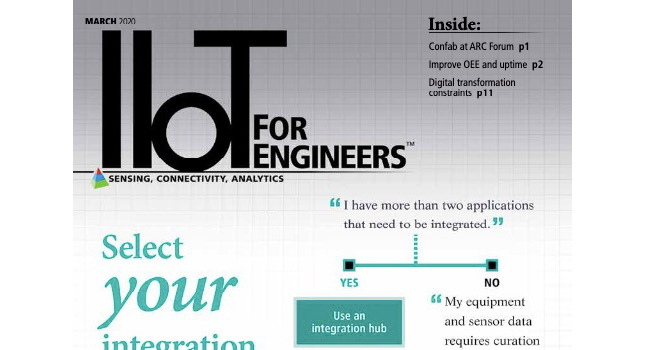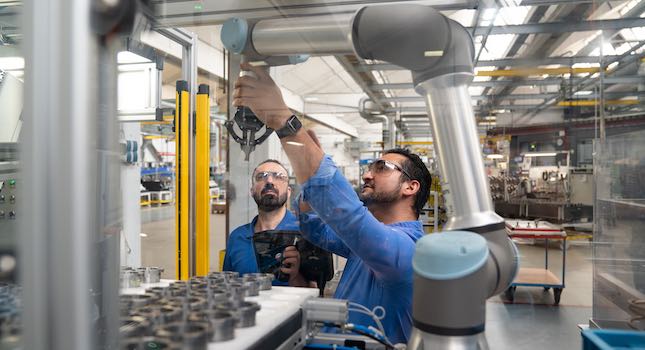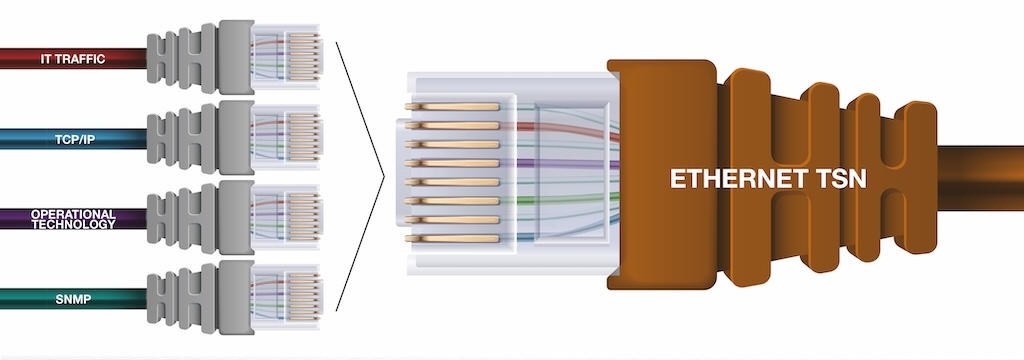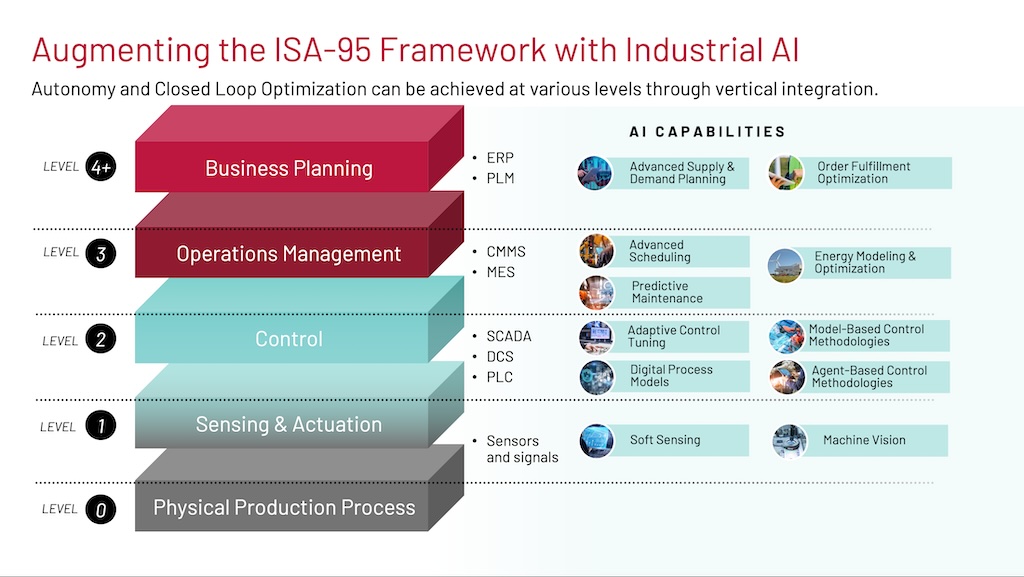Digital twins are being embraced by companies in many different ways as they realize its potential

It was with regret that this editor the last several years didn’t get a chance to attend the ARC Forum, but this year he did and was glad to be there, as it was a good chance to get caught up on discussions about automation-based IT with suppliers, analysts and fellow editors.
For one, Bentley Systems provides software for engineers, geospatial professionals, engineers and others involved in infrastructure design, construction and operation of industrial plants, utilities and digital cities.
The company says it’s committed to advancing the digital twin in all its manifestations. For example, Bentley’s iTwin Services fundamentally advance BIM and GIS to 4D digital twins.
Like looking in the mirror
“Many companies have embraced some aspects of the digital twin. But we see ourselves as all digital twin, all the time. This means making applications that have been trapped and making them more accessible to a wider range of users. One example would be PlantSight, which brings ERP or other enterprise data to a wider range of people,” said Alan Kiraly a SVP for asset performance, Bentley Systems.
Jointly developed for the process industries by Siemens and Bentley, the software brings plant data and information together, contextualizes it, and visualizes it, transforming raw data into a digital twin.
The paradigm of accessing information through a 3-D model is one people are familiar with and a good match for those in an augmented planning or operational role because it allows them to access information not part of their core job function by themselves.
SYNCHRO, on the other hand, introduces the time element into projects that involve multiple disciplines and ensures that changes made in one area of a project don’t cause problems to other disciplines. Or users can temporally “scroll” through a project comparing actual with the budgeted scope of work.
For Yokogawa, with its control and measurement solutions, digital transformation is a vehicle that leads users to a portfolio of digital twin solutions, based on first-principles models and technical expertise that at the end of the day tells interested parties “what good looks like,” said Kevin Pinnan, a systems consultant with Yokogawa.
Tell the truth
A conversation with so-and-so, of OSIsoft, informed me that the company intends to stay true to its roots in operational intelligence and data historians and not straying into the development of machine learning of artificial intelligence applications.
“The truth is most companies get value from the data because of its real-time availability. Take for example an instance where the performance of a process degrades rapidly over a six-month period. They began looking at the pumps as being part of the process failing prematurely, said Peter Zalevsky, industry director, OSIsoft.”
They were on the verge of changing their maintenance strategy, but they were able to look at those pumps in the enterprise system and realized all the failing pumps were part of the same lot order.
“What was important was being able to combine operational and enterprise data. IIoT streams from non-traditional sources will lead to better decision making,” said so-and-so. “On the IT side, there’s been more acceptance of the idea of one master data pool or one place on the operational side for all that data. This always seems to lead to arguments about the validity of the data,” said Zalevsky.
Finally, Richard Howells, VP of digital supply chain, SAP, told us that what users wanted from Industry 4.0 or IIoT is “personalization, visibility into supply intelligence networks, improved productivity and sustainability.”
This article appears in the IIoT for Engineers supplement for Control Engineering and Plant Engineering. See other articles from the supplement below.



